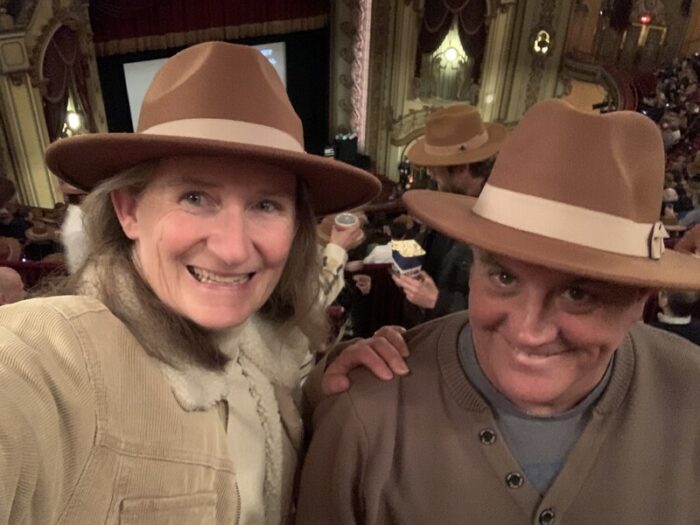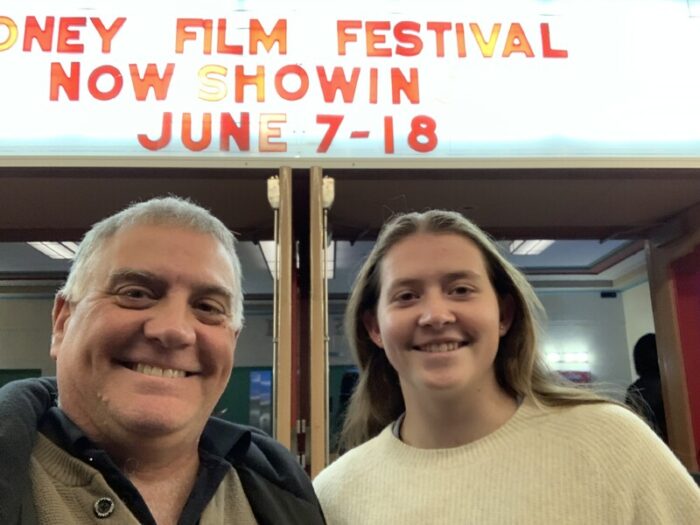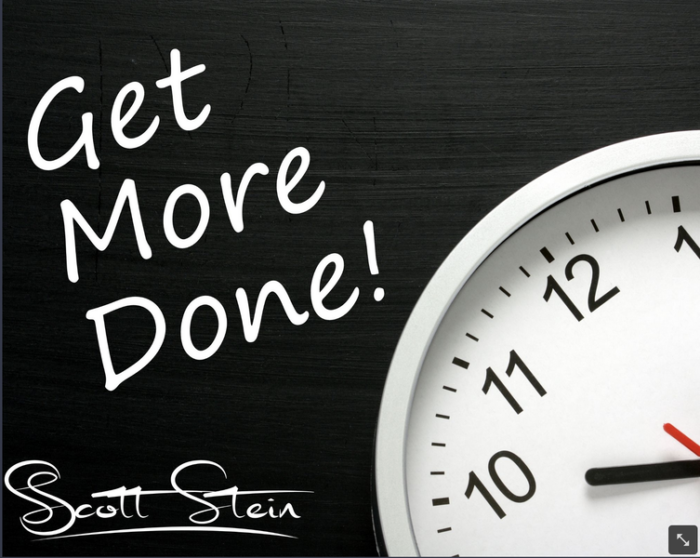Last night my family attended the FIFA Women’s World Cup Opening Football (or soccer for the Americans) match between Australia and Ireland, wow what a night. If you have ever been to a big sporting event you can feel the excitement and anticipation in the air.
We were lucky enough to get tickets to go and support our Aussie Matilda’s in their opening match. We proudly wore our Australian jerseys and cheered on as the team came out on top with a win.
It got me thinking about what great coaches or leaders do to help prepare their people for something that is big. It could be a big project, launching a new product into the market or starting a new division. Doing something big is usually something that is out of the norm and potentially creating a risk of failure.
I think leaders need to identify more big opportunities, big innovations and big ideas that can help to unify and inspire their people toward something more.
Going back to the Matilda’s, it has been very interesting to watch their lead up to this massive world cup event. Imagine the pressure that these women players have experienced leading up to a World Cup on home soil. With the hopes and dreams of the nation riding on their shoulders this is something that they have been preparing for over the past few years.
The Matilda’s even created a campaign that is not about winning (which will be a challenge in itself!) but about giving it everything to do their best. The campaign is called ‘Til It’s Done.’ This approach is not just about what occurs on the pitch, but how pursuing greatness is a never-ending process that occurs on and off the pitch. This phrase is what they are using to help them focus as they play in the World Cup and help them keep things in perspective, a very clever approach.
So what are you doing with your people to lead them toward greatness? How are you inspiring, motivating and stretching their minds to see and believe in what is possible? I think too often we get busy with other distractions and forget how important it is to unify and mobilise our people.
If you are looking for me over the next few weeks, I will be with my family, huddled around the television and attending a few more FIFA Women’s World cup matches watching and cheering the Matilda’s Til it’s Done!










